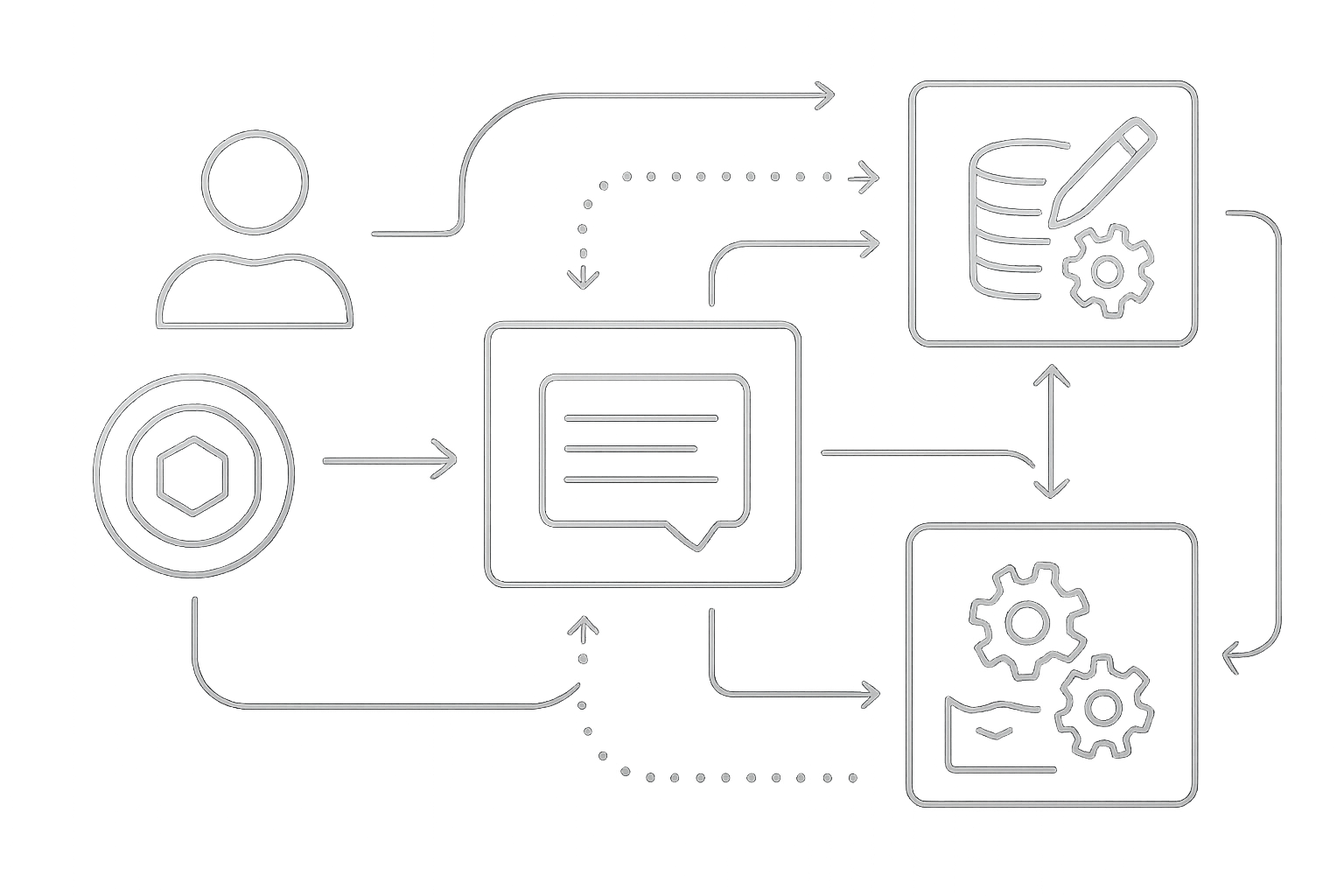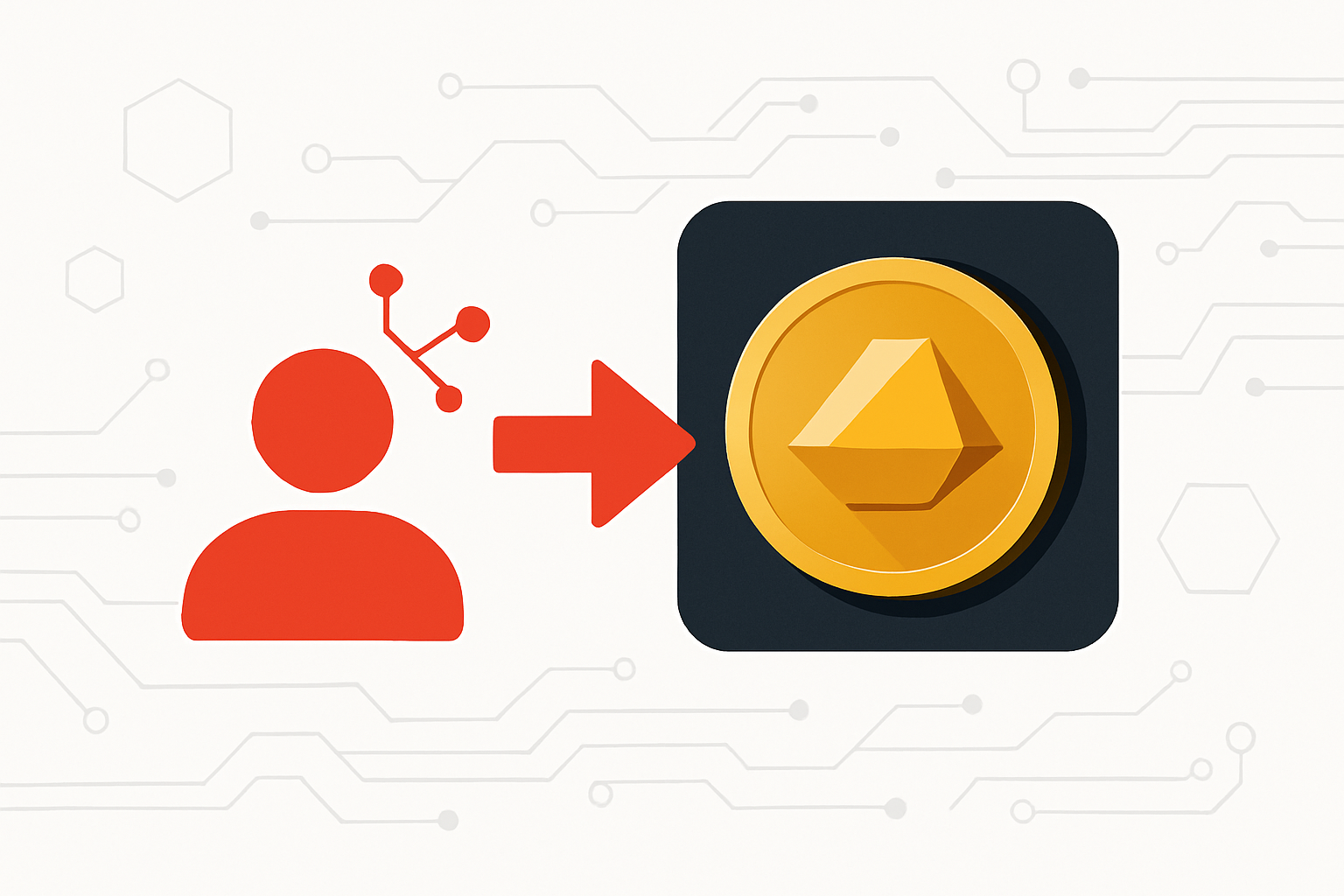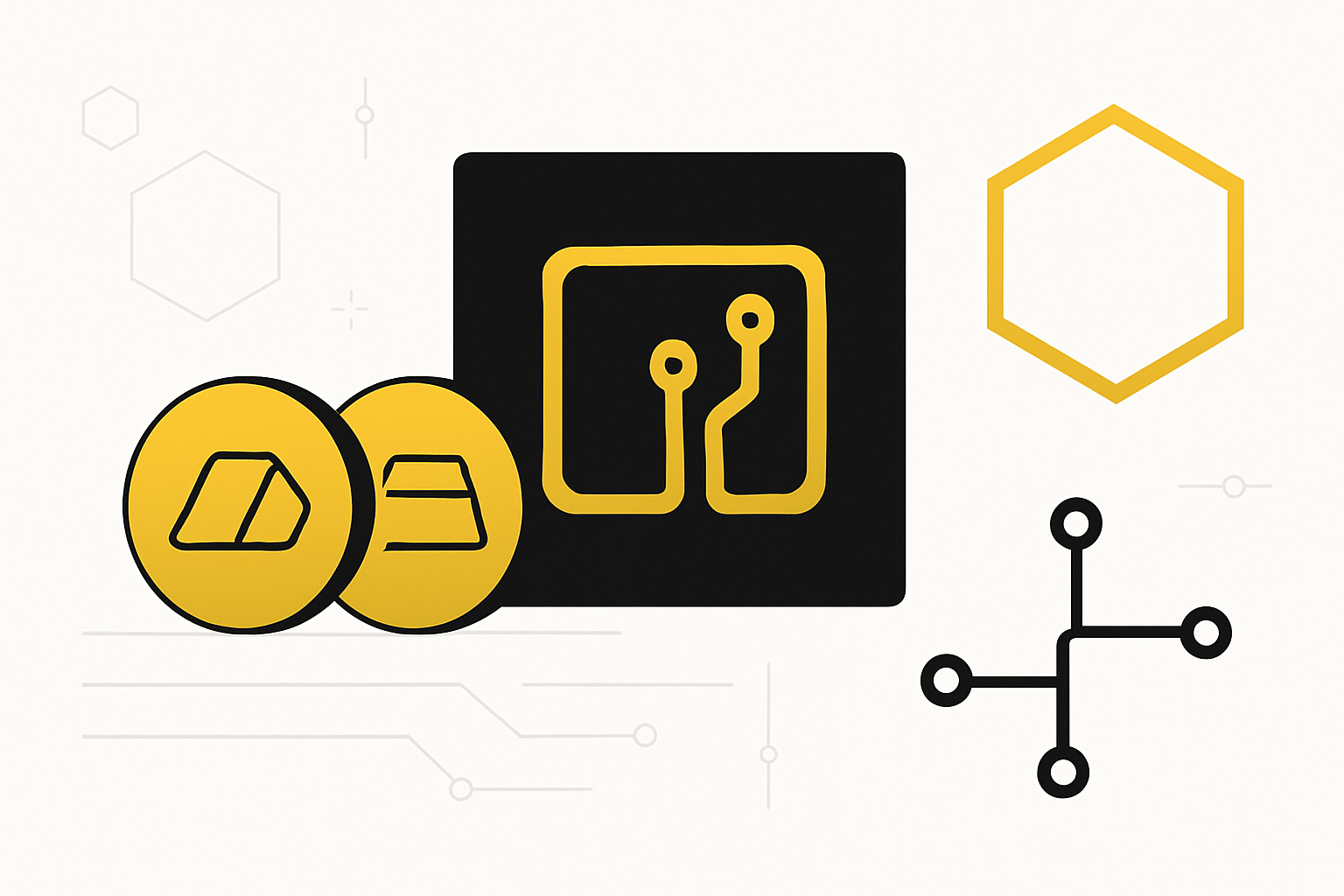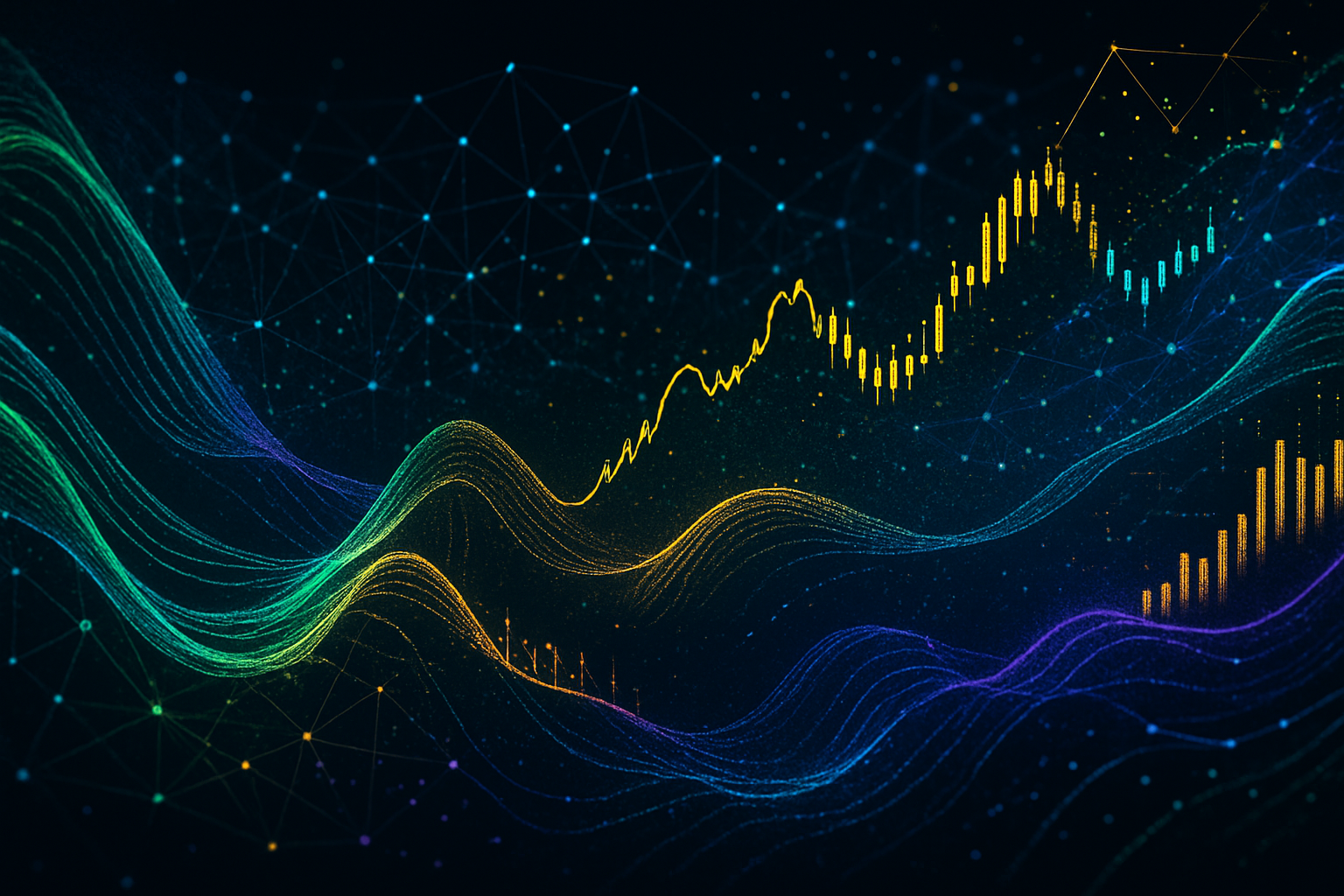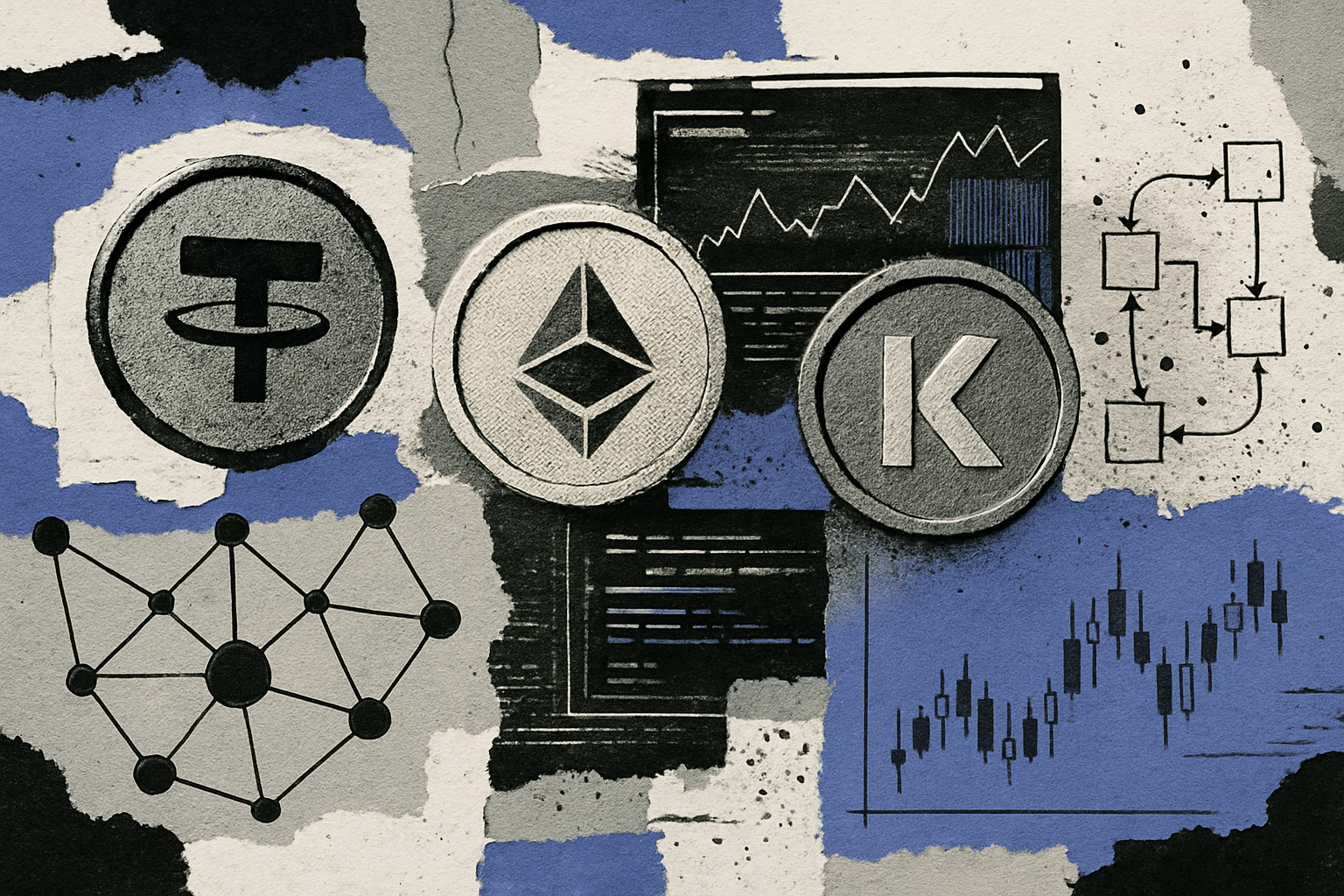What Is the $COMMODITY Token? Exploring Tokenized Commodities on the Blockchain
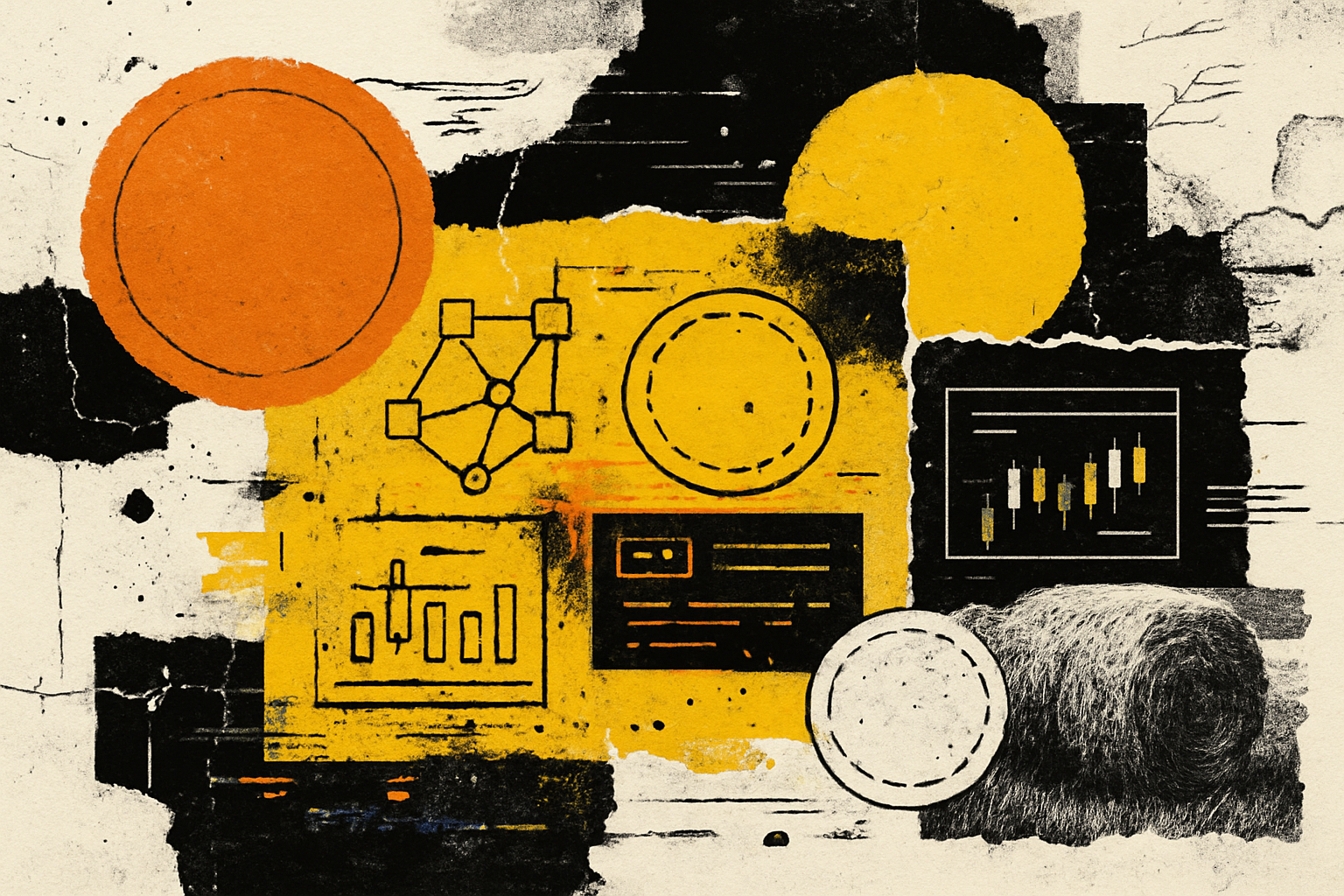
The rise of the $COMMODITY token marks a pivotal moment for both digital assets and traditional commodity markets. As of October 2025, the market capitalization of tokenized commodities stands at $3.6 billion, reflecting a 3.2% increase in the last 24 hours. This surge highlights the accelerating adoption of blockchain technology to represent assets like gold, oil, and agricultural products as digital tokens, fundamentally transforming how investors access and trade physical commodities.
Popular Tokenized Commodities on the Blockchain
-

PAX Gold (PAXG): Each PAXG token is backed by one fine troy ounce of London Good Delivery gold, securely stored in professional vaults. PAXG leverages the Ethereum blockchain to provide transparent, verifiable proof of ownership, enabling fractional gold investment and 24/7 trading.
-

Tether Gold (XAUT): XAUT tokens represent ownership of physical gold held in Swiss vaults. Issued by Tether, XAUT allows users to transfer and trade tokenized gold on multiple blockchains, combining the stability of gold with blockchain accessibility.
-

Tokenized Oil (OilTokens, e.g., PetroDollar): Platforms like PetroDollar and OilTokens issue tokens pegged to barrels of crude oil. These tokens enable fractional oil investment and real-time settlement, streamlining commodity trading and increasing liquidity.
-

Tokenized Wheat (Davis Commodities Limited): Davis Commodities Limited is piloting blockchain-enabled agri-tokenization, allowing wheat and other crops to be represented as digital tokens. This approach supports traceable, ESG-aligned settlements and aims to enhance transparency in agricultural trade.
-

Tokenized Silver (Kinesis Silver, KAG): Kinesis Silver (KAG) tokens are backed by physical silver stored in audited vaults. KAG enables instant, borderless silver transactions and integrates with the Kinesis blockchain for secure, transparent trading.
The $COMMODITY Token: Bridging Real Assets and Blockchain
At its core, the $COMMODITY token is a blockchain-based digital representation of a real-world commodity. Each token is typically backed 1: 1 by a physical asset, such as a gram of gold or a barrel of oil, held in a secure, audited reserve. This model enables investors to buy, sell, and transfer ownership of commodities instantly and globally, sidestepping the inefficiencies of legacy commodity trading systems.
Unlike traditional commodity contracts, $COMMODITY tokens are programmable assets. They leverage smart contracts to automate settlement, compliance, and even dividend distribution, reducing the need for intermediaries. The result is lower transaction costs, enhanced transparency, and the ability to fractionalize ownership, making commodities accessible to a broader range of investors.

Why Tokenized Commodities Are Gaining Traction
The current landscape reflects a dramatic shift in how commodities are traded and managed. According to the Tokenized Commodities Council (TCC), the sector is gaining recognition as a safe, accessible, and desirable avenue for digital asset investment. Recent initiatives by companies like Davis Commodities Limited, which announced blockchain-enabled agri-tokenization solutions in July 2025, underscore the trend toward compliant, traceable, and ESG-aligned commodity settlements (source).
Major financial institutions are also validating the space. The July 2025 partnership between Goldman Sachs and BNY Mellon to launch digital tokens tied to money market funds signals a significant step toward integrating blockchain with traditional finance (source). These moves are not isolated; they are part of a broader wave of institutional adoption, driving liquidity and legitimacy for tokenized commodities.
How Does Commodity Tokenization Work?
Tokenizing commodities involves converting physical assets into digital tokens recorded on a blockchain. Each token is backed by a corresponding amount of the underlying asset, held in custody by a trusted entity. This process typically includes:
Key Steps in Creating and Managing $COMMODITY Tokens
-

Identify and Verify the Underlying Commodity: Select a real-world asset (e.g., gold, oil, or agricultural products) and ensure its existence, quality, and legal ownership through reputable custodians or third-party auditors. This foundational step is crucial for the token’s legitimacy and investor trust.
-

Select a Blockchain Platform for Tokenization: Choose a robust and widely adopted blockchain, such as Ethereum or Polygon, to issue and manage the $COMMODITY token. These platforms offer smart contract functionality, security, and interoperability essential for tokenized assets.
-

Develop and Deploy Smart Contracts: Create secure and transparent smart contracts that define the token’s supply, transferability, and compliance rules. Leverage established frameworks like OpenZeppelin for audited, industry-standard contract templates.
-

Ensure Regulatory Compliance and Custody: Align with relevant legal frameworks such as U.S. stablecoin regulations and engage regulated custodians (e.g., BNY Mellon) to safeguard the underlying commodity and ensure proper reporting and auditability.
-

Integrate with Trading and Settlement Platforms: List the $COMMODITY token on reputable exchanges like Uniswap or Binance, and connect with platforms such as Tokenized Commodities Council (TCC) for broader market access, liquidity, and investor education.
-

Ongoing Management and Transparency: Use blockchain features to provide real-time tracking, transparent ownership records, and automated settlements. Regularly publish audits and updates to maintain investor confidence and comply with industry best practices.
Smart contracts govern the issuance, transfer, and redemption of these tokens. This not only ensures transparency but also enables real-time auditing and 24/7 trading – features that are virtually impossible in conventional commodity markets.
For example, tokenized gold platforms provide verifiable proof of ownership on-chain, allowing investors to track their holdings and transfer them globally at any time (source). Agricultural tokenization is similarly unlocking new liquidity channels for farmers and traders alike.
Despite these advances, tokenized commodities are not without challenges. Blockchain-based commodity trading, while offering reduced fraud and enhanced tracking, must still contend with regulatory uncertainty, operational risks, and integration with existing financial infrastructure. As highlighted by the Boston Consulting Group, some market participants worry about potential impacts on profit margins and the need for robust compliance frameworks. The evolving landscape demands ongoing collaboration between regulators, issuers, and custodians to ensure security and investor protection.
Advantages of the $COMMODITY Token for Investors
The $COMMODITY token and similar crypto commodity assets offer a suite of compelling benefits for investors seeking exposure to real-world assets via blockchain:
Key Advantages of Investing in $COMMODITY Tokens
-

Fractional Ownership of Real-World Assets: $COMMODITY tokens enable investors to own fractions of high-value commodities such as gold, oil, or agricultural products, making these markets accessible without the need for substantial capital.
-

24/7 Liquidity on Global Platforms: Unlike traditional commodity markets with limited trading hours, tokenized commodities can be traded around the clock on blockchain-based exchanges like CoinGecko, enhancing market efficiency and investor flexibility.
-

Enhanced Transparency and Traceability: Blockchain technology provides verifiable proof of ownership and transaction history, as demonstrated by projects like Tokenized Commodities Council (TCC), reducing fraud and increasing trust in commodity investments.
-

Global Accessibility and Reduced Barriers: Investors worldwide can access tokenized commodities without relying on intermediaries or traditional financial infrastructure, as seen with initiatives by Davis Commodities Limited and major financial institutions like Goldman Sachs and BNY Mellon.
-

Compliant and ESG-Aligned Settlement: Blockchain-enabled solutions, such as those piloted by Davis Commodities Limited, facilitate traceable and ESG-compliant settlements, aligning with evolving regulatory frameworks and sustainability standards.
Fractionalization lowers the entry barrier, enabling retail investors to gain exposure to high-value commodities like gold or oil with minimal capital. Meanwhile, institutional players benefit from streamlined settlement and reduced counterparty risk, thanks to blockchain’s immutable record-keeping and programmable compliance.
Enhanced transparency is another cornerstone. With every transaction recorded on-chain and assets subject to independent audits, investors can verify reserves and track ownership in real time. This is particularly valuable in markets where opacity has historically led to inefficiencies or even fraud.
“Tokenized commodities represent a paradigm shift in asset management, offering both liquidity and transparency that traditional markets have struggled to deliver. “
The Road Ahead: Institutional Adoption and Market Growth
The momentum behind tokenized commodities is accelerating. The recent $3.6 billion market cap milestone, as tracked by CoinGecko, reflects not only increased investor interest but also expanding product offerings across gold, oil, agricultural goods, and even carbon credits. As more platforms and custodians enter the space, competition is driving innovation in custody solutions, regulatory compliance, and user experience.
Institutional adoption is likely to be the primary catalyst for mainstream acceptance. The involvement of established financial giants such as Goldman Sachs and BNY Mellon brings credibility and infrastructure support, paving the way for broader integration of tokenized commodity products into portfolios and trading desks (source). Meanwhile, industry bodies like the Tokenized Commodities Council continue to advocate for best practices and investor education (source).
[technical_chart: Advanced TradingView chart showing $COMMODITY token price trends and market cap growth]
The Future of Blockchain Commodity Trading
Looking ahead, the intersection of blockchain technology and commodity markets promises a more open, efficient, and democratized financial system. As legislative clarity improves and tokenization technology matures, expect tokenized commodities to become a staple of diversified investment strategies worldwide. The $COMMODITY token stands as a testament to this evolution, bridging tangible assets with digital innovation and setting the stage for a new era in global finance.

